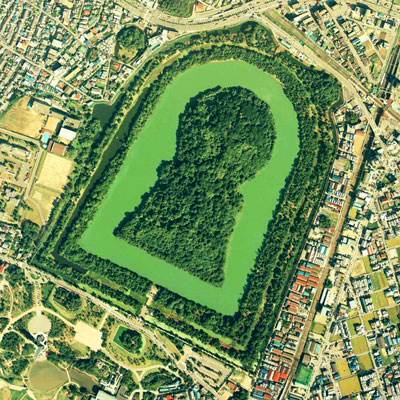By David Yamaguchi The North American Post
In September 2021, an article appeared in the scientific journal, “Science Advances,” that scarcely garnered media coverage, but should have. It presents genetic evidence that the origins of present-day Japanese people derive from three sources, not two as previously thought. This matters because many people today want to know where their ancestors came from and something of their journey across space and time.

Regular readers of this paper will remember that the Japanese have been thought of as the descendants of two peoples. The Jomon were the original indigenous people of Japan. The Ainu descend from these original hunter-gatherers. The Jomon were later joined by the Yayoi, rice farmers from Korea, who spread northward across the archipelago.
This conventional view of Japanese anthropology was recently upended by genetic studies of ancient East Asian skeletons. It turns out that a third group joined the original two, in large enough numbers to nearly dwarf their genetic contributions to present-day Japanese.
The third group is now believed to be the kofun builders, who were apparently distinct from the Yayoi rice farmers. Recall that kofun are the commonly enormous burial tombs built for Japanese rulers. Over 161,000 of them were made across Japan during the third to sixth centuries.


 What does the genetic evidence for the new interpretation of the Japanese past look like? They are summarized as color-coded diagrams in the original research paper, reproduced above. What is most surprising is that it is the arrival of the kofun builders, not the Yayoi farmers, that most substantively changed Japanese population genetics. This change may be the result of the arrival of many more kofun builders than Yayoi farmers. Alternatively, the latter may have died off owing to their increased exposure to continental diseases, or to their being killed by superior weapon technology, as happened in the Americas.
What does the genetic evidence for the new interpretation of the Japanese past look like? They are summarized as color-coded diagrams in the original research paper, reproduced above. What is most surprising is that it is the arrival of the kofun builders, not the Yayoi farmers, that most substantively changed Japanese population genetics. This change may be the result of the arrival of many more kofun builders than Yayoi farmers. Alternatively, the latter may have died off owing to their increased exposure to continental diseases, or to their being killed by superior weapon technology, as happened in the Americas.
The remaining question is, where did the kofun builders come from? The short answer is “southern and eastern China,” for the ancient people of the Russian Far East and Central Asia were too different genetically from present-day Japanese. Interestingly, the Yayoi people appear to descend from these regions, especially the Amur River (green band).
The bottom line is that present-day Japanese people are more ethnically Chinese than we have known.




